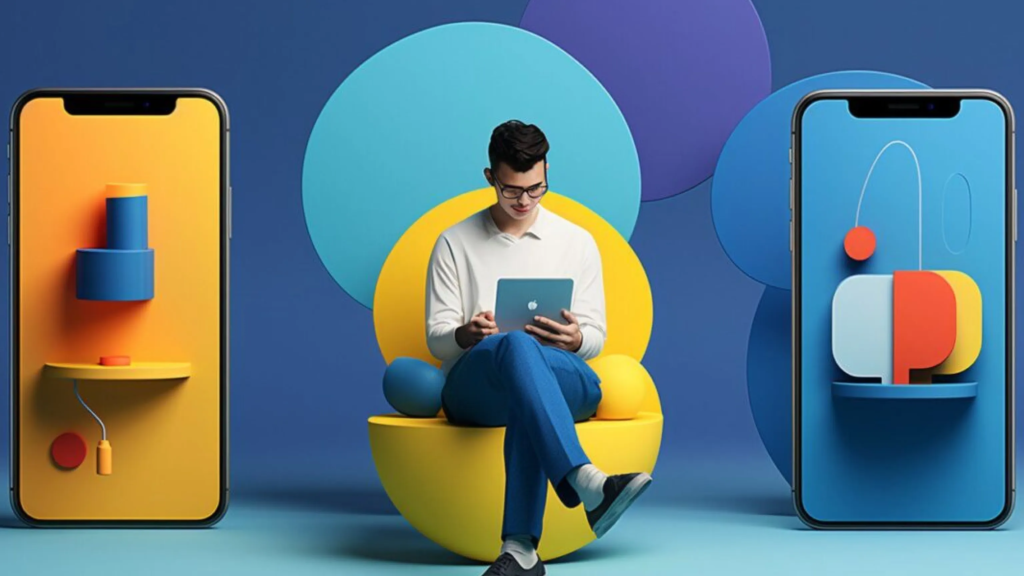
In today’s fast-paced digital landscape, mobile-first design isn’t just a trend—it’s a necessity. With more users accessing content through their smartphones than ever before, startups must prioritize mobile experiences to maximize user engagement. But how do you strike the right balance between aesthetics and functionality? The answer lies in minimalism.
Content Table
| S.no. | Content |
| 1 | Why Mobile-First Matters |
| 2 | The Minimalist Advantage |
| 3 | Real-World Examples of Successful Minimalist Mobile-First Designs |
| 4 | Final Thoughts |
Why Mobile-First Matters
A mobile-first approach means designing for the smallest screen first, then scaling up to larger devices. This ensures a seamless user experience across all platforms while prioritizing speed, efficiency, and accessibility. Startups, often operating with limited resources, benefit from this method by creating a strong foundation that caters to the majority of their audience from the outset.
The Minimalist Advantage
Minimalism in mobile design isn’t about removing elements for the sake of aesthetics—it’s about focusing on what truly matters. Here’s how startups can leverage minimalism to enhance user engagement:
1. Prioritize Content and Clarity
Your users have limited time and attention spans. A cluttered interface can overwhelm them, leading to higher bounce rates. Instead, focus on essential elements like clear typography, intuitive navigation, and concise messaging.
2. Speed and Performance Optimization
Simplicity enhances loading speed, and speed matters. A study by Google found that 53% of users abandon a mobile site if it takes longer than three seconds to load. Reduce heavy graphics, compress images, and streamline code to ensure a smooth experience.
3. Intuitive Navigation
A minimalist design should not compromise usability. Implement simple, thumb-friendly navigation with clear CTAs (Call to Actions). Prioritize ease of access over complex menus to ensure seamless browsing.
4. White Space is Your Friend
Empty space improves readability and directs users’ attention to key elements. Embrace white space strategically to create a clean and elegant interface.
5. Focus on Essential Features
Instead of overloading your app or website with unnecessary features, identify the core functionalities that drive engagement. Every additional button or animation should serve a distinct purpose.
Real-World Examples of Successful Minimalist Mobile-First Designs
- Instagram: Simple navigation, high-speed performance, and a visually clean layout have made Instagram a mobile-first success story.
- Uber: The app’s minimalist interface ensures users can book a ride in just a few taps.
- Airbnb: Focuses on high-quality images, straightforward navigation, and an effortless booking process.
Final Thoughts
For startups, a mobile-first, minimalist design approach isn’t just about aesthetics—it’s about creating a frictionless experience that keeps users engaged. By focusing on essential elements, optimizing performance, and embracing simplicity, startups can craft compelling digital experiences that drive conversions and long-term success.
Ready to revamp your startup’s digital presence? Start with mobile-first minimalism and watch your engagement soar!

